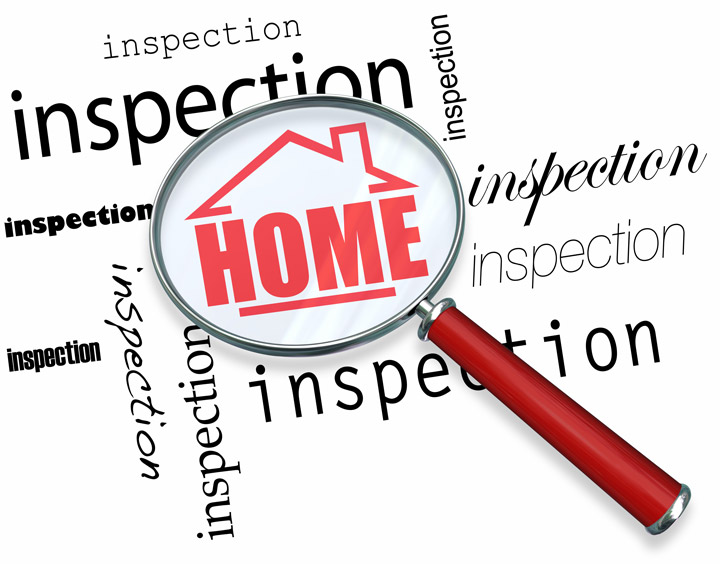
What Are the Parts of an Appraisal?A home purchase is the most significant investment many of us might ever make. It doesn't matter if where you raise your family, a seasonal vacation property or one of many rentals, purchasing real property is a complex financial transaction that requires multiple parties to see it through. Most of the parties involved are very familiar. The most known entity in the exchange is the real estate agent. Then, the bank provides the financial capital necessary to bankroll the exchange. And the title company ensures that all requirements of the sale are completed and that a clear title passes to the buyer from the seller. So, what party is responsible for making sure the value of the real estate is in line with the purchase price? This is where the appraiser comes in. We provide an unbiased opinion of what a buyer could expect to pay — or a seller receive — for a parcel of real estate, where both buyer and seller are informed parties. A licensed, certified, professional appraiser from Jim Pemberton will ensure, you as an interested party, are informed. Inspecting the subject propertyOur first duty at Jim Pemberton is to inspect the property to ascertain its true status. We must physically see aspects of the property, such as the number of bedrooms and bathrooms, the location, and so on, to ensure they really are present and are in the shape a typical person would expect them to be. The inspection often includes a sketch of the floorplan, ensuring the square footage is proper and conveying the layout of the property. Most importantly, we identify any obvious features - or defects - that would affect the value of the property. Following the inspection, we use two or three approaches to determining the value of the property: sales comparison and, in the case of a rental property, an income approach. 
Replacement CostThis is where we pull information on local building costs, labor rates and other factors to figure out how much it would cost to build a property nearly identical to the one being appraised. This estimate often sets the upper limit on what a property would sell for. The cost approach is also the least used method. 
Sales ComparisonAppraisers can tell you a lot about the subdivisions in which they work. They thoroughly understand the value of certain features to the residents of that area. Then, the appraiser looks up recent transactions in the neighborhood and finds properties which are 'comparable' to the subject being appraised. By assigning a dollar value to certain items such as upgraded appliances, extra bathrooms, additional living area, quality of construction, lot size, we add or subtract from each comparable's sales price so that they are more accurately in line with the features of subject.
In the end, the appraiser reconciles the adjusted sales prices of all the comps and then derives an opinion of what the subject could sell for. When it comes to associating a value with features of homes in Knoxville and Knox, Jim Pemberton is your local authority. This approach to value is commonly given the most importance when an appraisal is for a real estate exchange. Valuation Using the Income ApproachA third method of valuing approach to value is sometimes applied when an area has a measurable number of renter occupied properties. In this situation, the amount of revenue the real estate yields is factored in with income produced by nearby properties to derive the current value. The Bottom LineExamining the data from all applicable approaches, the appraiser is then ready to put down an estimated market value for the property in question. Note: While this amount is probably the best indication of what a house is worth, it may not be the final sales price. There are always mitigating factors such as the seller's desire to get out of the property, urgency or 'bidding wars' that may adjust the final price up or down. But the appraised value is typically employed as a guideline for lenders who don't want to loan a buyer more money than they could get back in case they had to sell the property again. It all comes down to this, an appraiser from Jim Pemberton will guarantee you get the most accurate property value, so you can make profitable real estate decisions. |